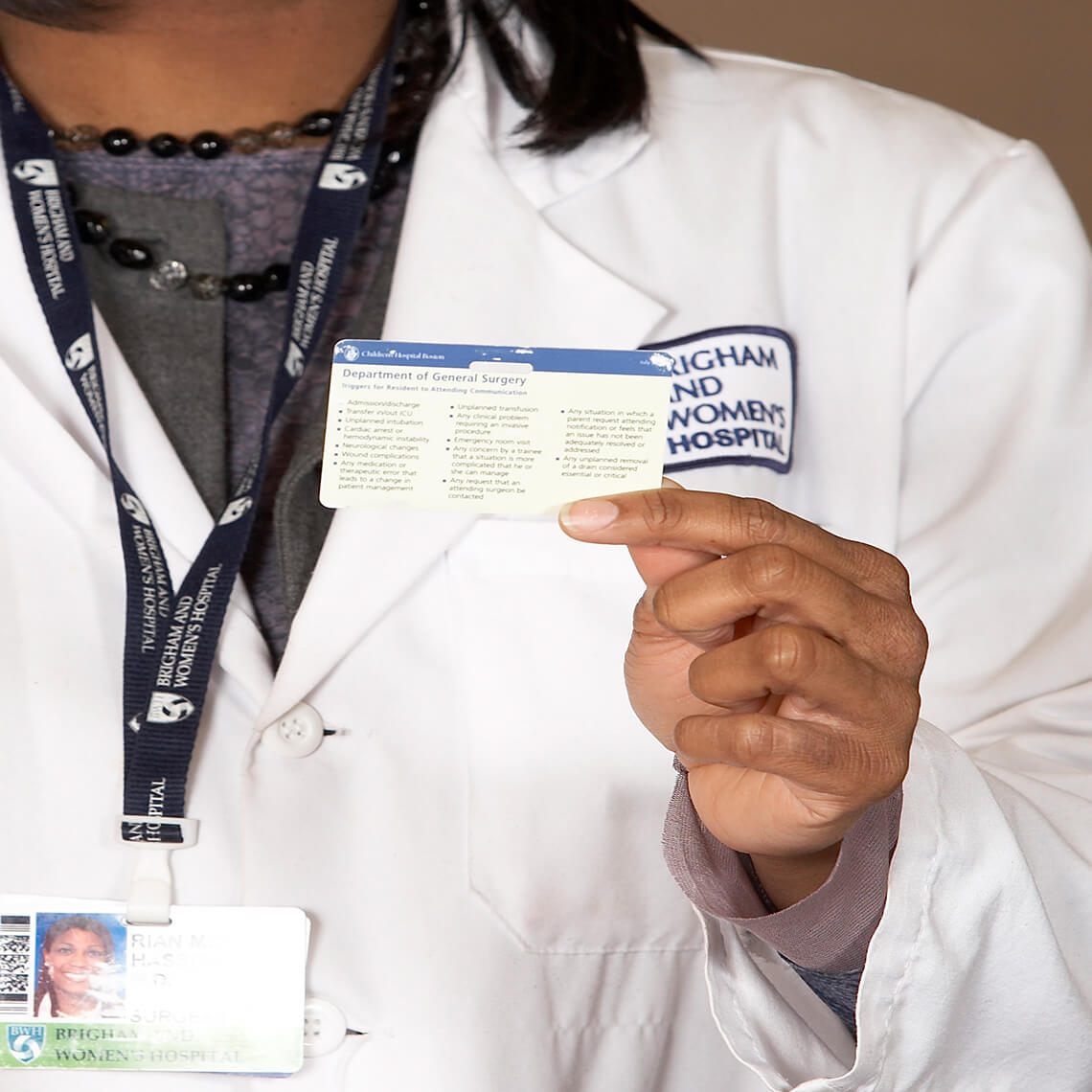Blog Post
Patient Safety Awareness Week—Every Week
What does it really mean to have a “Patient Safety Awareness” Week?

Does it mean anything on its own? Shouldn’t every week be Patient Safety Awareness Week?
Many hospitals will note this event (March 12–18), with posters and buttons, and perhaps an article or two on their institutional web site. But what may not be quite as visible are the activities within the hospital walls that clinicians and non-clinicians alike are doing—yes, every week—to make sure patients are safe.
The individual Harvard medical institutions sponsor many patient safety projects, and sometimes they band together to collaborate on system-wide efforts. With the help of their medical malpractice insurer, CRICO, these institutions have been mining claims data, fixing processes, and teaching each other best practices to prevent error and harm to their patients for decades.
It may be reporting a near-miss, or instituting a new surgery checklist. Maybe it’s simulation training, or checking a patient’s ID with a bar code before administering medication. Some have tackled hand-offs, and others are working on screening. Some have been developing innovative ways to engage patients.
CRICO has been fortunate to be a part of this important work since 1976, whether it’s coding data, funding research, or convening working groups. Along the way, we’ve all been able to pool the collective wisdom necessary to significantly move the needle on patient safety for our patients and for patients all over the world.
Related Blog Posts
Investing in Patient Safety


Mind the Gaps: Learning How to Avoid Miscommunication Pitfalls
January Safety Salute | MedStar Health Creating a Just Culture

